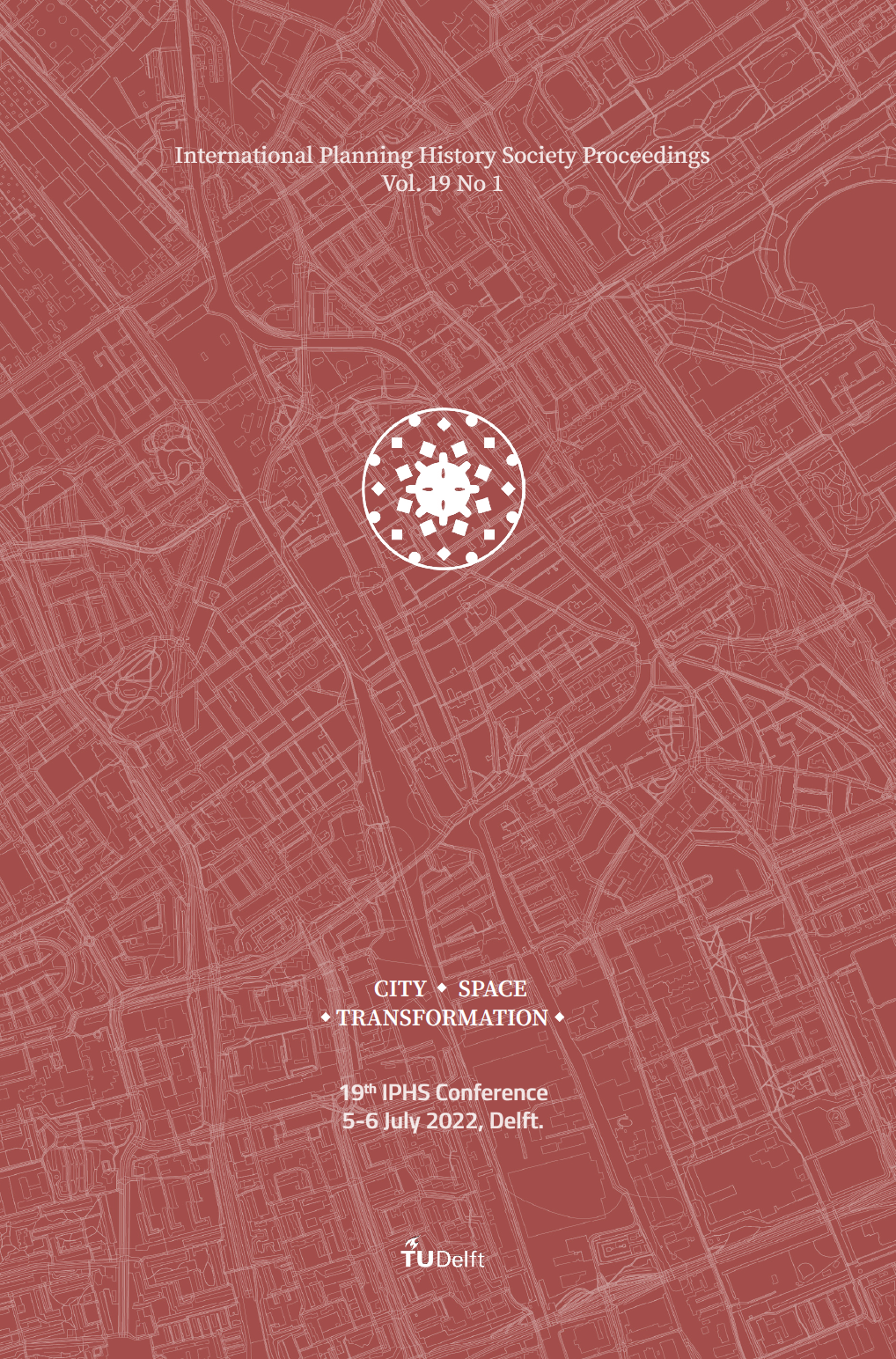Historic Landscape Conservation at the UNC in the early 21st century (2001-2010)
DOI:
https://doi.org/10.7480/iphs.2022.1.6445Abstract
Based on the two successive plans of the University of North Carolina (UNC) at Chapel Hill from 2001 to 2010, we review the conservation and planning philosophy of the five landmark landscapes in the master plan, and the historical context, content and aesthetic culture of the plans, with an emphasis on the objectives, principles, methods and implementation of the historic landscape plan. Since its foundation in 1795, the University of North Carolina has gone through five different phases of landscape planning and management, directed by a professor of natural philosophy, a historian, a botanist, a landscape architect and an architect. The spatial form of its campus plan reflects the great changes in the economic development of the United States over 200 years, reflecting the process of American campus construction during that period. It is argued that the guiding principles developed by the University of North Carolina at Chapel Hill for the preservation of historic landscapes reflect the important role that human intervention and the power of restraint play in the preservation of landscape heritage.
Downloads
Published
How to Cite
Issue
Section
License
Copyright (c) 2022 Yuan Sun, Mingyue Wang

This work is licensed under a Creative Commons Attribution 4.0 International License.

